E-bikes (electric-powered bicycles) are gaining popularity and some cities are opening up their streets and pathways to e-bike riders. This new technology allows people to go faster and further than your average person-powered bike. The OSCs CycleSafe program Coordinator, Rodd Heino, sat down with Kory Keogan, owner of Teslica E-bikes, to discuss how to decide if an e-bike is right for you and how to stay safe when riding one.
What is an e-bike?
An e-bike is a pedelec or pedal-assisted bike that has a motor. The limitations in Canada state that its maximum speed should be 32 km/h and the motor should be 500 watts or smaller. It should also have functioning pedals and be 120 kilograms in weight.
Anything more and it more of a scooter type vehicle. A pedelec is basically a functioning bike with added power should you chose to use it. You do not require a driver’s license or insurance for a pedelec e-bike.
Teslica e-bike motors are in the 350-500 watts range, but they also have one model at 500 watts and one at 2000 watts, which is meant for enjoyment on private property only and not street use.
The 250-500 watt is ideal for the average person who wants to get on the trails and not worry about hills or headwinds. To have that torque to assist when needed is appreciated by many avid cyclists.
E-bike range
E-bikes can make commuting to work a lot of fun. The range of an e-bike varies depending on headwind, the number of stops and gos, bodyweight, etc., but the typical range is 40 to 80 km. Many commuters who are avid cyclists use level 5 of all the way to work, may recharge at work, and then on the way home, they lower the level to get a bit more of a workout. People who use their e-bikes to commute to and from work get about 40 to 52 km before they have to recharge the battery.
E-bike safety and benefits
Cycling rules and safety extend to e-bikes, so know your hand signals, don’t wear loose clothing, and wear your helmet. Some of the differences are that you have a bit of extra power, so when you’re first starting out dial the assist down to one until you get used to it. Ease yourself into using the e-bikes power. If you have your bike on level five and then get off and then get back on – you will zoom off quickly! Some e-bikes also have wrist throttles and thumb throttles, so if you accidentally hit them you will get a surprise burst of power, so, again, it can take some getting used to and to get comfortable with it.
E-bikes can be safer than bikes in that, in urban settings, they can get up to speed more quickly at intersections and can hold their lane easier than a traditional bike. E-bikes are also commonly used for those looking to avoid public transit.
Many e-bike users appreciate the extra torque at stop signs and traffic lights. When you come up to a stop sign you are supposed to come to a complete stop, not roll through as some cyclists do. On an e-bike, you have the thumb throttle or extra help to come to that complete stop and then move along quicker once it is your turn to do so without having to worry about speed. It is less onerous to constantly stop and go on an e-bike versus a traditional bike.
What to look for in an e-bike
Make sure you look at the brakes. Many e-bikes have disc brakes. This is important as there is more weight with the motor, battery and bigger frame. You are also moving a bit faster, so taking a look at the quality of brakes is something to consider to ensure you can stop and slow effectively, especially if roads are wet or on gravel.
Mishaps most often come from people getting on and off their bikes. To avoid this, make sure you have the proper e-bike frame for you. Statistically, most bike accidents are cyclists falling all by themselves, so make sure you have the right bike or e-bike for your size and use.
If you’re interested in learning more about e-bikes, Kory welcomes anyone interested in learning more to reach out to him to find the right bike for you and book a test drive today!
Learn more about the Teslica story at https://www.teslica.com/our-story.
